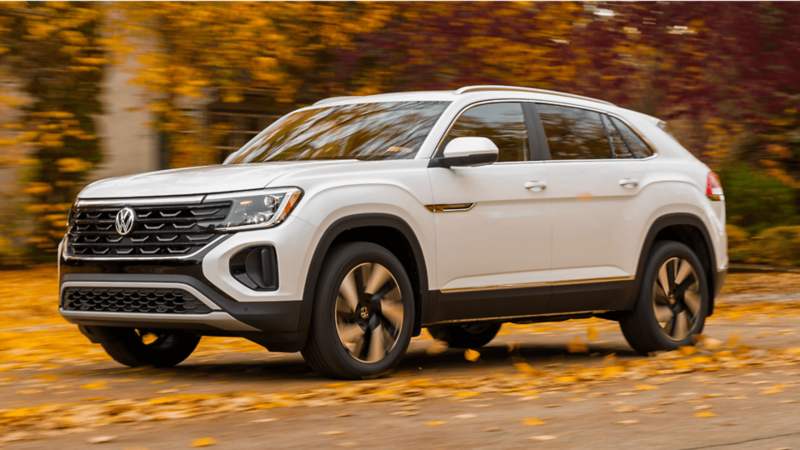There’s something about fall that makes car shopping calmer and more practical: inventories turn over before winter, sellers are more open to reasonable offers, and cooler air makes test drives more realistic for daily life—heater response, defog speed, and tire grip on damp roads are easy to judge. Dealers are clearing lots for new model years, which often means better negotiating room on quality pre-owned vehicles. It’s also a sensible moment to re-check budget and insurance renewals and to prioritize features that actually reduce winter friction.
Reasons to buy a car in Fall
Smart research strategies
To make shortlisting easier, scan an extensive selection of used cars in Toronto to compare trims, mileage, and safety tech without hopping between endless tabs. Start from needs—commuting, winter traction, fuel economy, family space—then match those to vehicles that truly fit. Fall shopping also allows time to research insurance rates, maintenance costs, and reliability ratings before making a commitment. Consider creating a spreadsheet to track your top choices with their pros, cons, and total cost of ownership.
Weather advantages for testing
Fall weather provides ideal testing conditions that summer heat and winter cold can’t match. You can realistically assess heating systems, defrost performance, and how the car handles in light rain or on wet leaves. The moderate temperatures also make longer test drives more comfortable, allowing you to evaluate highway noise, seat comfort during extended periods, and how well the vehicle maintains cabin temperature without overworking the climate system.
What to check before temperatures drop
Essential cold-weather systems
A good fall test drive reveals more than any specification sheet ever could. From a cold start, turn on the heater and rear defogger and note how fast visibility clears—this will matter every morning once frost arrives. Run wipers and washer nozzles; look for streaking, skipping, or weak spray patterns that signal needed replacements. Test the heated seats and steering wheel if equipped, as these features become invaluable during Canadian winters.
Drivetrain and handling assessment
If considering AWD or 4WD, do a slow, tight turn in a safe spot to listen for binding or clunks, then test a mild incline to confirm smooth engagement without jerking or hesitation. Pay attention to how the vehicle feels over uneven pavement, as worn suspension components become more problematic when roads are slippery. Check that the steering feels centered and doesn’t pull to one side, which could indicate alignment issues or uneven tire wear.
Under-the-hood inspection
Under the hood, look for clean coolant caps without mineral buildup, fresh belts free of cracks or fraying, and clear brake fluid that isn’t dark or contaminated. Ask for maintenance records and a vehicle history report, and verify recent brake service and a strong battery for reliable cold starts. Check for any fluid leaks, unusual odors, or corroded components that might fail during temperature extremes.
Make financing work for Winter
Budget the complete picture
Budget the full picture, not just the monthly payment: winter tires, all‑weather mats, a preventative service, and an alignment if the car drifts on flat roads. Factor in increased fuel costs during winter warm-up periods and potential higher insurance rates in areas with harsh weather conditions. Consider the cost of emergency supplies like jumper cables, ice scrapers, and emergency kits that every winter driver should carry.
Financing options and terms
For clarity and control, aim to finance your car with transparent terms—including total borrowing cost, prepayment options, and a term that keeps cash flow comfortable during the pricier winter months. Right‑sizing the term can trim interest meaningfully while leaving room for seasonal upkeep. Look for lenders who offer seasonal payment flexibility or skip-payment options that can help during unexpected winter expenses.
Planning for seasonal expenses
Winter driving brings additional costs that many buyers overlook: higher fuel consumption due to cold starts and winter-grade gasoline, increased wear on wiper blades and washer fluid, and the potential need for battery replacement or boost services. Setting aside a winter maintenance fund of $500-800 can cover these seasonal needs without straining your monthly budget or forcing you to use credit cards for car-related expenses.



